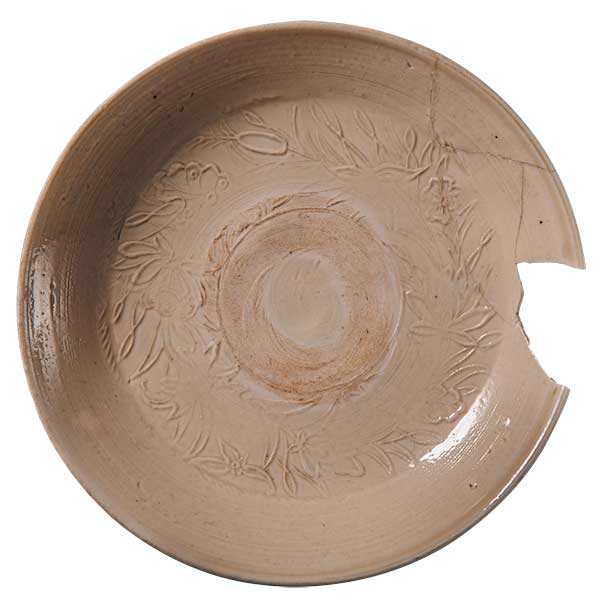

A fine white porcelain bowl with decorative patterns of lotus and reed from the time.[Photo provided to China Daily]
For many years, ancient porcelain shards were not strange to farmers in Chencun village of Huozhou city, North China's Shanxi province, where many of them believed the small, white fragments meant there had to be major kilns buried below the area.
Chinese archaeologists who have been conducting research in Chencun for nearly two years have since given the farmers a mind-blowing answer: the kilns are right under their village.
The ruins on different layers of soil date back to the Jin (1115-1234), Yuan (1271-1368) and Ming (1368-1644) dynasties, according to Liu Yan, vice-president of the Shanxi Provincial Institute of Archaeology.
"Among the archaeological findings are nine kilns, 40 ash pits, nine workshops, two ditches, one well and numerous porcelain pieces," Liu says.
The white-glazed porcelain shards including those of bowls, plates, dishes, vases, pots and stem-cups were retrieved from the kiln site in Chencun. The wares are for the most part plain and undecorated, with a small quantity displaying impressive designs.
Ming Dynasty records already point to white-glazed porcelain being fired in Huozhou.
Many ancient ruins and tombs were found at construction sites in various parts of China in the 1950s, with a nationwide survey of cultural relics carried out in 1956 in an attempt to learn about the conditions of immovable cultural relics.